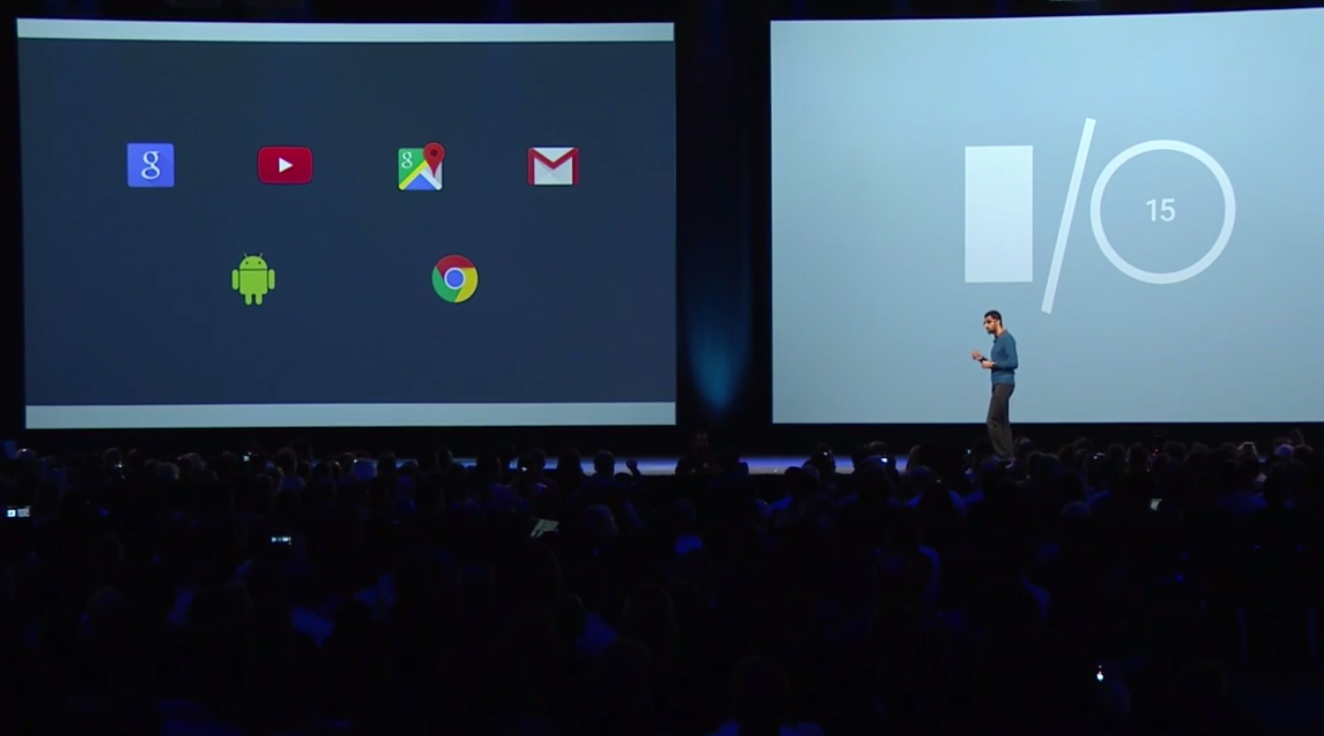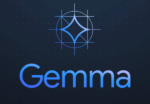
Google announced its end-to-end Internet of Things platform and demonstrated a developer preview of Android M during the keynote of the Google I/O developer conference, along with debuting new features and updates to platforms and developer tools like Android Studio, Polymer, Android Wear and the Google Play developer console.
In terms of developer tools and IDEs, Google announced the release of Android Studio 1.3 on the Canary developer channel.
Android Studio 1.3 features faster Gradle build speeds and a new memory profiler, along with full editing and debugging support for C++. Developers now have access to C++ error correction, code completion and debugging from within the same code editor where an Android app’s Java code is running.
Google also announced a production-ready version 1.0 of Polymer, Google’s open-source application development library built on the interoperable Web Components platform. Polymer 1.0 adds new Polymer Elements to drop common features and services such as toolbars, menus, Google Maps and mobile checkout integration into an existing app workflow within the library.
The keynote also touched on new application testing offerings, including the release of Cloud Test Lab. Built on its acquisition of mobile app testing platform Appurify, the lab automatically runs tests on an application across the Top 20 Android devices worldwide, providing developers with test reports, screen videos and crash logs.
Cloud Test Lab will be available in the Google Play developer console in the near future, according to the company.
Google’s end-to-end IoT push
Sundar Pichai, Google’s senior vice president of Android and Chrome, introduced Google’s new end-to-end solution for the Internet of Things, consisting of an underlying IoT operating system codenamed Project Brillo, an open device-to-device connected communication protocol called Weave, and IoT-focused user experience integrations built into Android smartphones running Android M.
Pichai explained that Google has worked with the Nest team—acquired in January 2014 for US$3.2 billion—to create each facet of its IoT platform.
Project Brillo, Google’s IoT OS, is derived from Android with minimal system requirements for simpler connected hardware and home appliances, but it is still offering features such as WiFi and Bluetooth support as well as existing Android security and encryption features scaled for IoT devices.
Google’s IoT platform is connected via Weave, a communications layer allowing a Weave OS physical device, an Android smartphone and Google’s cloud server to talk to one another.
Weave is what Pichai referred to as “a shared understanding, a common language” built into every Android and Brillo device. The open IoT communication layer exposes cross-platform APIs, offering standardized schemas (or IoT communication patterns), along with giving developers the ability to submit custom Weave schemas. Google and Nest will also offer a Weave certification platform to integrate Weave into an existing development stack as well as cross-platform availability on Android M devices.
Android M will include new user interface functionality for Project Brillo and Weave, enabling users to search for, recognize, connect and control IoT devices much the same way as connecting to a WiFi network through a dropdown settings menu.
A developer preview of Project Brillo will be available in the third quarter of 2015. Open documentation for Weave will be available throughout the year, and Google aims to deliver the full Weave stack by the fourth quarter of 2015.
Android M developer preview
The I/O keynote also offered a preview of many of the new mobile features and capabilities in the upcoming release of Android M. Dave Burke, Google’s vice president of engineering for Android, introduced and demonstrated more than half a dozen Android M features:
- App permissions: Simplified app permissions down to specific device features (such as location, camera or microphone) to give users a more transparent choice over how apps are using their data. Apps will also now ask permission the first time a user tries a new feature rather than during installation for faster updates.
- Chrome Custom Tabs: Improved mobile Web browsing experience, with updated traditional WebViews functionality with Chrome Custom Tabs running on top of an app. The tabs give developers and users access to expanded Chrome browsing capabilities such as password management, translation and security, while maintaining the look and feel of the app itself. Available now in the Chrome Developer Channel and to be rolled out to users later this year.
- App Links: Improved deep-linking capabilities from mobile Web browsing to in-app content. Android M implements an enhanced intent system and now automatically verifies deep-link code attributes in the application manifest.
- Android Pay: Google provided new information on the open payment platform, which will roll out with the launch of Android M in more than 700,000 retailers across the U.S., and integrated with debit cards, credit cards and banks. Fingerprint sensors in Android hardware will authorize Android Pay transactions.
- Power and charging: Android M introduces a new Doze feature for managing power usage. Smartphones or tablets use motion detection to register inactivity and reduce background data usage while remaining active for alerts and notifications. A new bidirectional USB charger built on the Type C hardware standard speeds up device charging by three to five times.
- UI improvements: Users can more easily auto-select words with a floating toolbar for copying and pasting. Simplified volume control adds a dropdown menu to control volume of individual audio streams.
- Now on Tap: New Google Now functionality on Android M gives users quick answers to questions from within an application without switching contexts, powered by Google’s machine learning and neural network capabilities. The pilot program is designed as a way for developers to reach and re-engage with users once their app is indexed, according to Google, by understanding and responding to real-time context.
The Android M developer preview is currently available for Nexus 5, 6, 9 and Nexus Player devices.
Best of the rest: Android Wear, Google Play, Google Photos and monetization
Android Wear: David Singleton, Google’s director of Android Wear, demonstrated new capabilities of the wearable OS such as always-on screens optimized for glances, quick wrist gesture interactions to command the device without tapping, and emoji recognition. Users can now sketch emojis on a watch face, which Android Wear will recognize.
Google Photos: A new, free cross-platform photo and video storage, editing and sharing service. It provides users unlimited content storage across all devices on Android and iOS.
Play Store: New developer capabilities in the dashboard show how many users are looking at an app and making purchases, in addition to install data. The Play Store console now gives a snapshot of an app’s conversion funnel of where organic and paid traffic is coming from, and new Play Store listing experiments test different graphics and text in an app’s listing.
Android Nanodegree: Google is offering a six-month course for $2 per month covering the entire life cycle of Android development.
Google apps on iOS: To improve the developer experience for iOS, the CocoaPods dependency manager will now be the default distribution channel for Android SDKs for apps such as Google Maps, Google Analytics and more.
Virtual reality: Google demonstrated new capabilities of the DIY Google Cardboard VR headset, a new Google Expeditions virtual reality technology that provides virtual field trips from within a classroom, and a new Jump VR platform for virtual reality video creation through a GoPro-enabled hardware rig, VR video editor and player. YouTube will support Jump content this summer.






